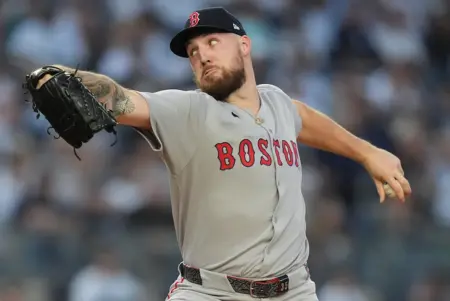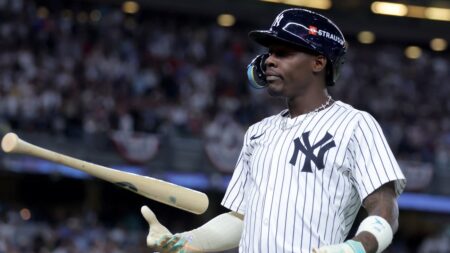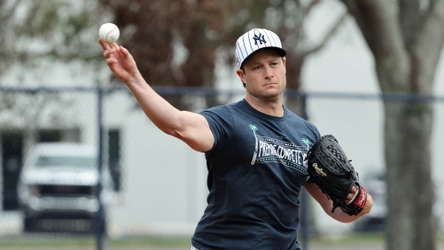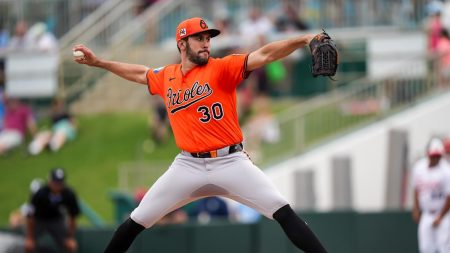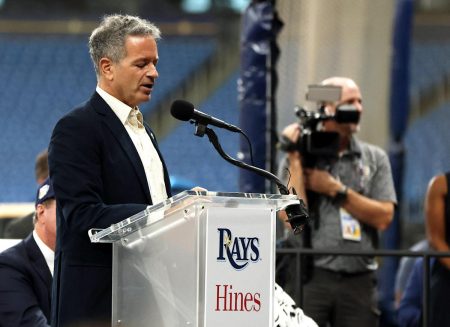The Road to Recovery: Shohei Ohtani’s Journey
In the sprawling, sun-drenched fields of Camelback Ranch, Shohei Ohtani, the Dodgers’ two-way sensation, was back on the mound, completing his fourth bullpen session of the spring. The 29-year-old Japanese star, known for his unparalleled ability to both pitch and hit at an elite level, has been through a grueling journey. Ohtani underwent his first Tommy John surgery in 2018 while with the Angels and had a second, more complex revision procedure with an internal brace in September 2023. Despite the setbacks, his indomitable spirit and competitive drive have remained intact. Ohtani’s performance last year, where he hit 54 home runs, drove in 130 runs, and stole 59 bases, was a testament to his resilience and talent. Now, as he gears up for his return to the mound, the Dodgers are optimistic he will regain his 2021-2023 form, when he posted a 34-16 record with a 2.84 ERA in 74 starts.
The Emotional Impact of Tommy John Surgery
For Jameson Taillon, now a Chicago Cubs right-hander, the 2019 World Series was a poignant moment. Sitting in the stands at Minute Park with 43,326 other fans, Taillon’s arm was in a brace following his second Tommy John surgery. As he watched former Pittsburgh Pirates teammate Daniel Hudson, another two-time Tommy John survivor, strike out Houston’s Michael Brantley to seal the Nationals’ victory, Taillon was moved to see Hudson’s emotional celebration. "That was a little emotional for me," Taillon recalled. "I’m sitting there in a brace and I don’t know if I’ll ever do this again. Then you see a success story, and it does matter."
The Challenges of Multiple Surgeries
Since the first Tommy John surgery performed by Dr. Frank Jobe on Dodger left-hander Tommy John in 1974, the procedure has become a common part of baseball. According to baseball analyst Jon Roegele, 2,555 major league pitchers have undergone the surgery, with 162 having a second procedure. The success rate for the first surgery is high, with about 90% of pitchers returning to competitive action, but the success rate for two-time Tommy John patients is lower. Roegele’s data shows that only 61% of pitchers who had a second surgery returned to competitive action, with 24% failing to return and 15% still on the path to recovery. Despite the challenges, there are success stories like Taillon and Nathan Eovaldi, who have returned to form after their second surgeries.
Learning from Peers
Nathan Eovaldi, now with the Texas Rangers, is one of the few pitchers who have successfully returned to their previous performance levels after a second Tommy John surgery. Eovaldi, who has won World Series rings with the Boston Red Sox in 2018 and the Rangers in 2023, shared his insights with Taillon. "Having one Tommy John surgery is tough," Eovaldi said. "Going through it twice is not easy." Eovaldi’s success after his second surgery in 2016, which followed his first as a high school junior in 2007, provided a roadmap for Taillon. Pittsburgh general manager Ben Cherington, a former Red Sox executive, facilitated the connection, and the two became close friends, often chatting and playing video games together. "I talked to Evo about rehab and what worked for him, what things he changed, but honestly, it was just nice to have a friend who understood," Taillon said. "In baseball, there’s a lot of machismo. Guys don’t want their feelings to be known. But for me, it was really scary. There aren’t many success stories. But Evo had been through it, and that was always a reminder for me, of like, ‘I can do this.’ ”
Adjusting Mechanics and Training
Both Taillon and Eovaldi made significant adjustments to their mechanics after their second surgeries to reduce the stress on their elbows. Taillon revamped his delivery, using more leg thrust and shortening his arm path. "You have a second Tommy John, clearly your body is telling you something, that it doesn’t like the way things are going," Taillon explained. "I knew I had mechanical flaws to clean up. My arm action was really long. My body was smart enough to put itself in a position to throw hard, but not in a healthy way." Eovaldi also shortened his arm path, eliminating the part of his delivery where he would extend his throwing arm behind his back. "I think it’s just mechanics and putting yourself in a good position to execute pitches," he said. Ohtani, while not making drastic changes, has been experimenting with a full windup this spring, which could help with his sequencing and timing.
Ohtani’s Future and the Road Ahead
As Ohtani prepares for his return, the importance of monitoring his workload cannot be overstated. Taillon, who wears an upper body harness to track his throws and uses a pocket radar to monitor his velocity, emphasized the need for diligence. "That stuff is really important coming off a second Tommy John, being diligent in-season, making sure you monitor every throw and that everything you’re doing in the weight room and the training room has a purpose," he said. Ohtani, too, has been seen using a performance-tracking harness this spring. The challenge for Ohtani will be to balance his pitching and hitting duties, especially given his recovery from shoulder surgery. "I’m really curious to see if he can get close to his previous level on the mound," Taillon said. "Obviously with someone like that, you never doubt or bet against a unicorn." As Ohtani climbs back to the top, he will have to navigate the unique demands of being a two-way star, but his drive and the support of his peers will be key in his journey.


